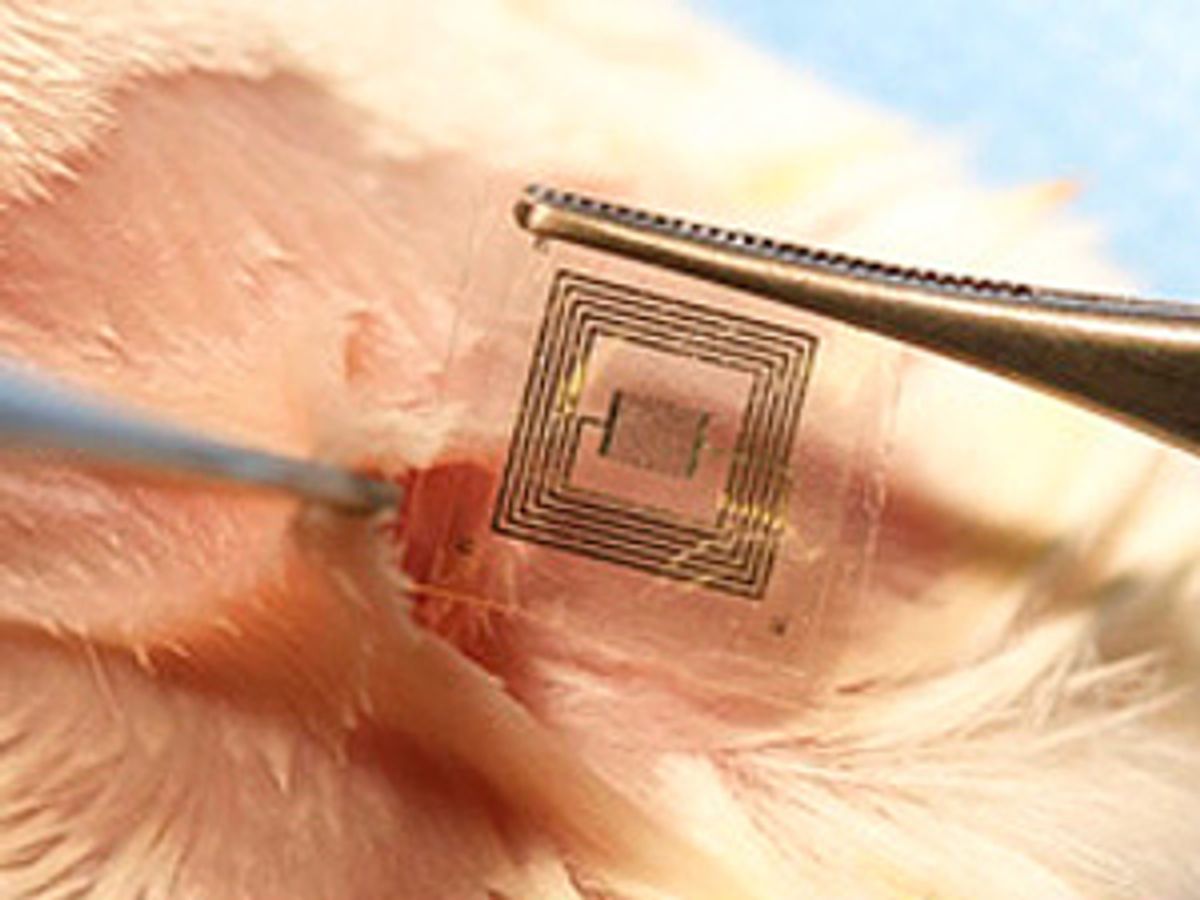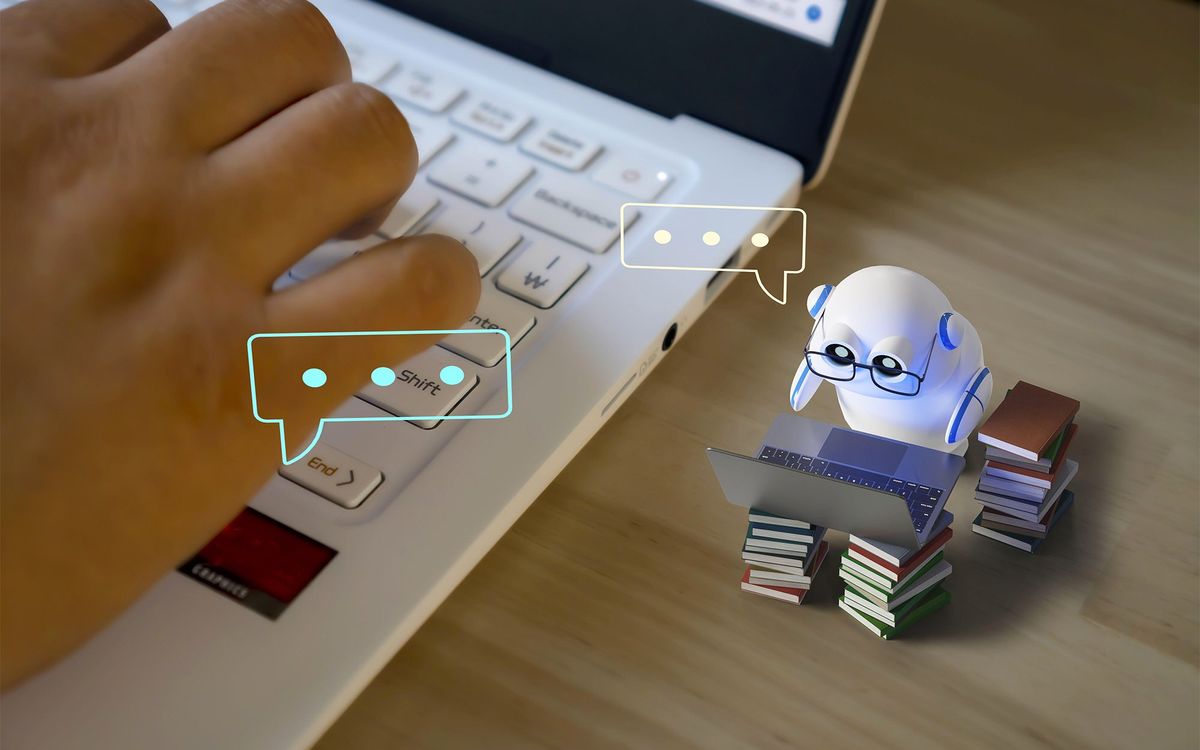A new electronic implant can fight bacterial infection inside the body and then harmlessly dissolve. The simple, passive device is made entirely of silk and magnesium, which are both benign, biocompatible materials. The device, which can be loaded with antibiotics, could be implanted inside the body during surgery and then wirelessly triggered from outside to kill bacteria using heat or by releasing drugs. Once its work is done, it would dissolve.
The idea is to make benign, functional electronics that last in the body for a finite amount of time so that no surgical retrieval is required, explains Fiorenzo Omenetto, a professor of bioengineering at Tufts University. Researchers from Omenetto’s group, together with collaborators from the Shanghai Institute of Microsystem and Information Technology in China and the University of Illinois at Urbana-Champaign, presented results on their device at the IEEE MEMS 2015 conference last week.
Several other research teams are exploring the potential of spider silk for electronics. Omenetto focuses on silkworm silk. In addition to vanishing medical implants, he wants to make silk-based consumer electronics that would degrade when needed rather than lying around in landfills. He has made graphene-and-silk-based nanosensing tattoos to detect bacteria in the mouth. And with UIUC’s John Rogers, he has previously made silk-encased dissolvable electronics that used silicon nanomembranes as the electronics substrate.
The device that the researchers presented at MEMS 2015—and recently in the journal PNAS—has no silicon. It’s a very simple design: a power-receiving coil and a serpentine resistor made of magnesium are deposited on a silk film and then encapsulated in a silk pocket. Omenetto’s team gets the silk from silkworm cocoons. They’ve figured out how to fine-tune the silk’s crystallinity and other properties so that it degrades at time intervals ranging from minutes to weeks.
“You then have a little band-aid that you put under the skin,” Omenetto says. “Silk here acts like the plastic substrate, and it is medically digestive. And the magnesium on top hydrolyzes and breaks down and dissolves.”
The researchers implanted the device in the skin of mice that were infected with the Staphylococcus aureus bacteria. They wirelessly activated the device using a transmitter for two sets of ten-minute treatments. The resistor heats up, and the heat kills bacteria. After 24 hours, tissue collected from the mice was infection-free. The device fully dissolved and vanished in 15 days.
In a separate in vitro experiment, the researchers loaded a silk film with the antibiotic ampicillin and attached it, along with a magnesium heater, to a silk pocket. When they wirelessly heated the device, the silk film released the drug.
Photo: Tufts University
Prachi Patel is a freelance journalist based in Pittsburgh. She writes about energy, biotechnology, materials science, nanotechnology, and computing.




